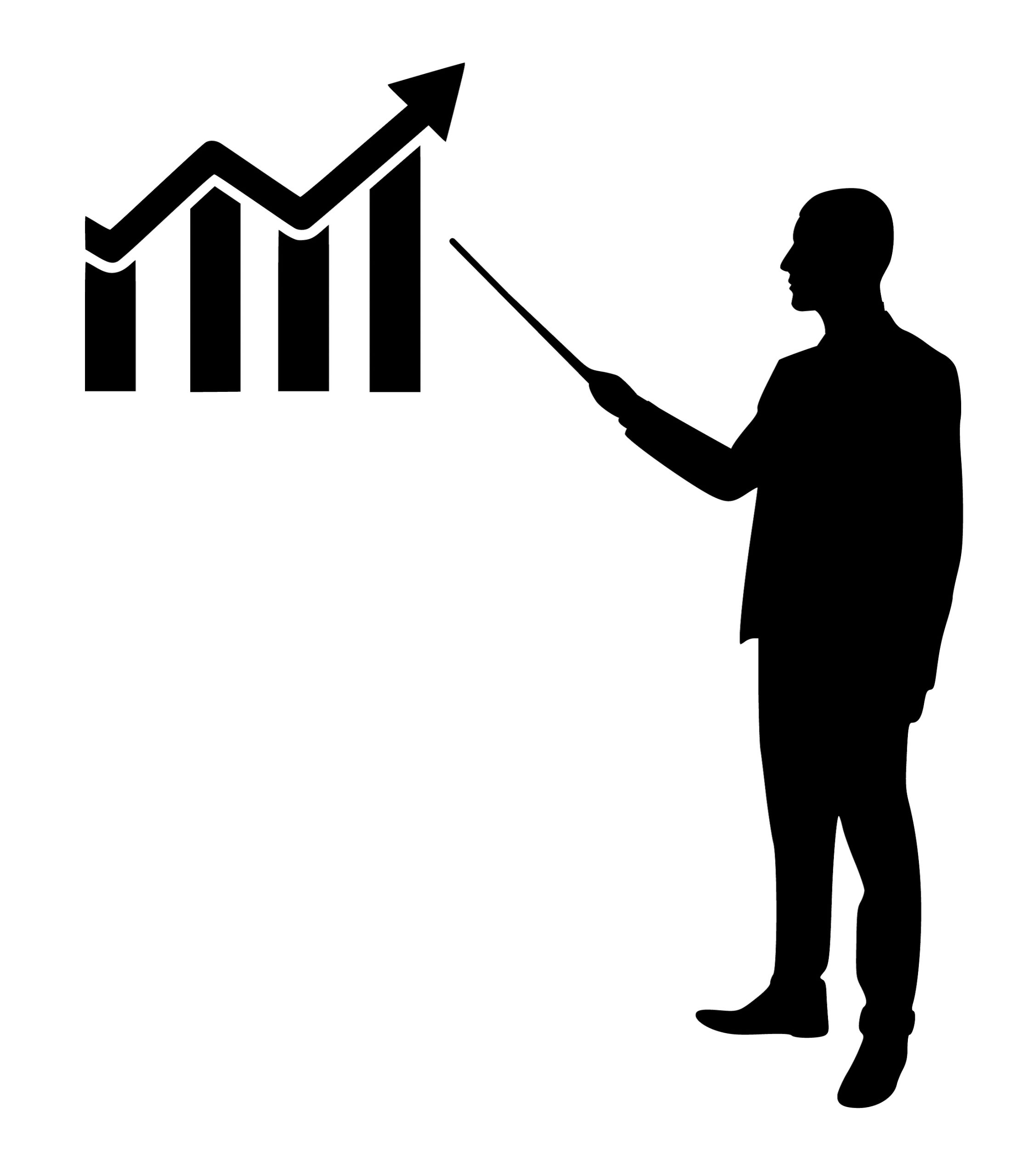Welcome to our latest blog post! Today, we’ll be discussing one of the most pressing issues in the world of finance – navigating the unpredictable European stock market amidst potential rate hikes. The economy is constantly evolving, and investors need to stay on top of market trends and economic indicators to make informed decisions. In this article, we’ll explore what rate hikes are, how they might impact the stock market, and offer some tips for navigating these uncertain times. So grab a cup of coffee and join us as we dive deep into the exciting world of international finance!
What is a stock market?
A stock market is a collection of stocks, which are financial assets belonging to shareholders. The purpose of a stock market is to allow for the trading of these stocks between investors. A stock market allows for the buying and selling of stocks by investors, which gives them an opportunity to make money based on how the prices of the stocks change. In order to trade stocks, you will need access to a broker or exchange.
When you buy a stock, you are agreeing to lend your money to the company in exchange for shares in that company. If the value of those shares goes up, then you have made money; if it goes down, then you have lost money. The main reason people use a stock market is because it is an unpredictable way to make money. If you knew exactly what was going to happen with the price of each individual stock, there would be no need for a stock market!
The main thing that determines how much someone can make investing in the stock market is known as beta: how much variation there is in returns (in percentage) among different types of investments within a given asset class (stocks vs bonds etc). For example, if you’re looking at Canadian stocks vs US stocks within the same category (tech companies), US stocks will be more volatile since they tend to experience greater changes in value than Canadian stocks. So although they may offer higher yields (the rate at which their dividends increase), they also carry more risk since there’s greater potential for them to
What are the different types of stocks?
There are many types of stocks, and each has its own set of risks and rewards. Here are three different types of stocks to help you navigate the European stock market in light of potential rate hikes:
1. Stocks with dividend reinvestment plans (DRP)
DRPs offer investors a way to boost their returns by reinvesting their dividends back into the company’s shares. This can lead to higher total returns over time, since DRPs typically pay out more than regular dividends. However, there’s also the risk that the company may not be able to keep up with rising costs, meaning you could end up losing money if the stock goes down in value.
2. Mutual funds or exchange-traded funds (ETFs)
These products allow you to invest in a variety of different stocks all at once through a single fund or trade. ETFs tend to provide more stability and liquidity than individual stocks, which is helpful if you’re looking for short-term trading opportunities or want to quickly add an asset class to your portfolio. However, ETFs also tend to be more expensive than buying individual stocks, so make sure you understand the fees involved before investing.
3. Bonds
Bonds are a type of investment that pays out periodic payments over a set period of time (usually decades). They’re generally considered safer bets than stock investments because they offer lower volatility and fixed returns over time. That said, bonds can also be
How do stock prices work?
The stock market is a complex and mysterious beast. It can be difficult to understand how stock prices work, especially if you’re not familiar with the fundamentals of investing. Here’s a primer on how the stock market works:
When you buy or sell stocks, you are betting on the future performance of a company. You’re essentially investing in shares of companies, and your hope is that those shares will increase in value over time. The price of a stock is determined by supply and demand. When there is more demand for the stock than available supply, the price goes up. Conversely, when there is more supply than demand, the price goes down.
There are different factors that influence a company’s future performance – things like its product line, its management team, and its competition. But ultimately, it’s up to investors to decide whether they think a given company will be worth more or less in six months, one year, or even five years from now. That’s why it’s so important to stay informed about what’s going on with individual stocks – if you know what to look for (and understand how analysts’ forecasts work), you can make better investment decisions overall.
What are the risks and rewards of investing in stocks?
There are many risks and rewards associated with investing in stock markets, but it’s important to understand the dynamics of each region before making a decision. In the U.S., for example, stocks have historically been a reliable way to achieve long-term financial security. However, there are also significant risks associated with trading in the stock market:
1) Investing money that you can’t afford to lose is risky, especially if you don’t have any other sources of income or emergency funds saved up. If the market crashes and your investments plummet in value, you could end up with a lot of debt and very little savings left.
2) Trading stocks can be risky because there’s always the risk of losing money if you don’t know what you’re doing. Day-trading is particularly risky because it can be difficult to predict how the market will move – even over short periods of time.
3) Stock prices can go up or down – often unpredictably – which means there’s always risk involved in investing. If you’re not prepared for this possibility, you could end up losing a lot of money quickly.
4) Even if you do manage to make money by trading stocks, there’s also the potential for serious losses if the market goes down significantly. This means that even if your investment portfolio ends up being profitable overall, it might not be worth as much as it was when you first bought into it.
What’s happening with the European stock markets right now?
The European stock markets opened sharply lower on Tuesday morning as investors reacted to the latest news from the US Federal Reserve. The Fed raised interest rates for the first time in nearly a decade, fuelling fears that further hikes are on the cards in the near future. This sent stocks down across the board, with both major indices falling by around 3% at one point. However, since then there has been a general trend of positive sentiment as investors reassess how much impact this news will have on global markets.
On average, European shares are still down by around 1% from their opening levels but this is largely due to regional differences rather than any overall trend towards downside. In Germany and France, for example, the market has already recovered almost all of its losses whereas in Britain and Spain there is still some way to go before things return to normal. Overall, though, things don’t look too bad at this stage – although further rate rises could give cause for concern.
The implications of potential rate hikes in the United States on the European stock markets
The United States Federal Reserve is widely expected to raise interest rates later this year, which could have significant implications for the stock markets in Europe. As of now, it’s unclear exactly how high rates will go, but if they jump too far above 0.00%, it could start to affect investing decisions across the continent. Here are four potential consequences of higher rates in the US:
1) Higher borrowing costs for companies and governments: Higher interest rates mean that borrowers will need to pay more for loans, including those used to finance investments in stocks and bonds. This could lead to a decline in stock prices as investors seek safer alternatives. It could also lead to government debt becoming more expensive, putting pressure on budgets and potentially leading to higher taxes or cutbacks in public spending.
2) More volatility in stock prices: When investors perceive uncertainty about future events, they may be more willing to take risks with their money – which can lead to increased volatility in stock prices. Higher rates may also spark a sell-off in assets that are seen as risky (such as stocks), exacerbating any existing market volatility.
3) Reduced economic growth: When interest rates rise, it becomes more expensive for businesses and individuals to borrow money – which can have a direct impact on economic growth. Higher borrowing costs can slow down consumer spending and reduce business investment, both of which would weigh on overall economic activity.
4) Less attractive investment opportunities: If investors perceive that stocks offer less favourable
Conclusion
As we approach the middle of 2018, many investors are wondering what may happen with regard to interest rates in the United States. On one side of the fence, there are those who believe that the Federal Reserve will continue to raise rates at a gradual pace, potentially leading to higher borrowing costs for businesses and consumers. On the other hand, some economists suggest that President Trump could make good on his campaign promise and withdraw from the current agreement between Washington and Seoul, thereby raising rates substantially on both sides of the Atlantic. In any event, it’s important for individuals who invest their money to have a Plan B in place – something that our article on navigating the unpredictable European stock market can help you do.




